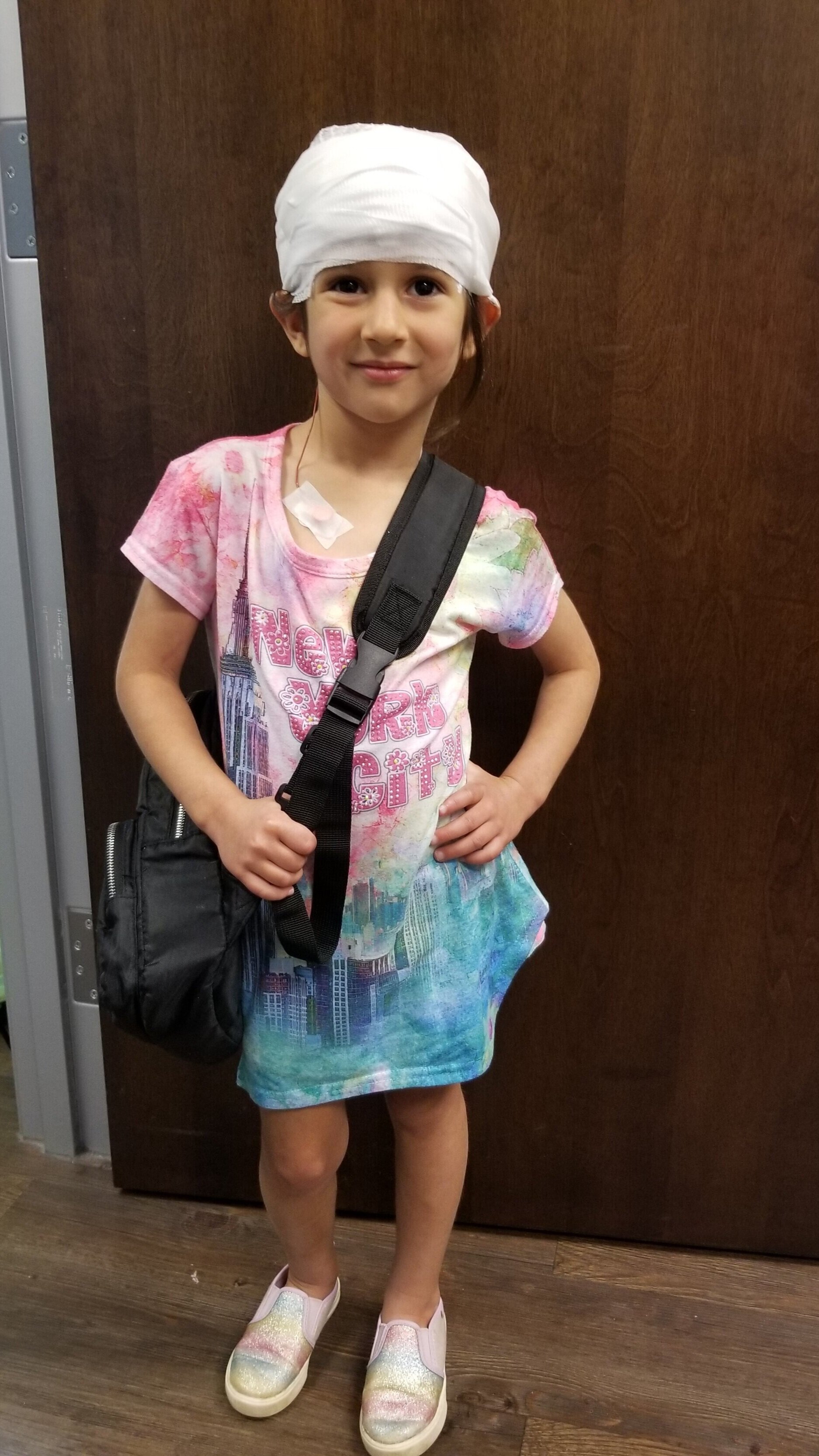

Technical component of long-term EEG services (95700, 95705-95716) and 10 newĬodes were created for reporting the professional component of long-term EEG Thirteen new codes were created for reporting the Long-term EEG professional and technical services. In May 2018, the CPT Editorial Panel approved the revision of one code,ĭeletion of five codes, and the addition of twenty-three codes for reporting Tests and to better differentiate inpatient and ambulatory monitoring services. Needed to capture that video is now an element of most long-term EEG monitoring
72 hour eeg code#
Needed changes, including code deletions, revision of code descriptors, and theĪddition of new codes to this family. The long-term video-EEG service be referred to the CPT Editorial Panel for The Centers for Medicare and Medicaid Services (CMS). Recommendations for work relative values and direct practice expense inputs to
72 hour eeg update#
(AMA)/Specialty Society RVS Update Committee (RUC) submits the enclosed Increased by at least 100% from 2009 through 2014. High-Volume Growth screen with total Medicare utilization of 10,000 or more and In November 2016, CPT code 95951 was identified via the Predicated by a significant increase in the use of the procedure code for long

In cases where the physician does not have real-time access during a multiday study (for example an ambulatory EEG study that is not monitored), the study is reviewed and a report is generated after the study is concluded, then Codes 95719 to 95726 are used depending on the length of the study (note 9570 may be used for only a 12 to 26-hour recording, studies lasting more than 26 hours but less than 36 hours are billed by adding on the appropriate 2 to 12 hour codes 95717 or 95718). 95717 andĩ5718 may be applied once during a multiday recording if a period of fewer thanġ2 hours is part of the total duration of the recording.

They require the generation of aĭaily report and a final summary report at the end of the study. With or without video) during the recording. Services, codes 95717 through 95720 require physical access to the data (EEG Long-Term EEG Codes (PROFESSIONAL Services) Recording Type The end of the recording and generates one final report (see Figure 2. Generates a daily report on a multiday recording or only reviews the study at Professional Component Codes replace the one previous code 95951-26 and newĬode that is applied is based on three factors: EEG study with or withoutĭigital video, duration of recording and whether the physician reviews and Physician’s office or the patient’s home. Unit of the hospital, an Independent Diagnostic Testing Facility (IDTF), a The same technical codesĪre used for studies performed in the Epilepsy Monitoring Unit or Critical Care Recording, remotely monitored in the patient’s home. Recordings in almost any location, including ambulatory EEG with video Last 20 years have made it practicable to provide long-term continuous EEG This recognizes that the technical advances over the Second point is that there is no Place of Service requirement for these new Recording or just provides a single final report at the end of the recording Whether the physician provides a daily review and report of a multiday Professional component is coded according to the length of the study and In the study, and the level of EEG technologist monitoring of the study. Portion is reported based on the duration of the study, the inclusion of video

The technical or professional designations of -TC or -26. Before January 1, 2020, all studies were reported using 95951 and One set of codesįor the technical procedure and a separate set of codes for the professional reporting Reviewing, reading and reporting the results of the studies. The delivery of long-term EEG studies from the professional activity of Is that the new procedure codes separate the technical activities related to The New Long Term EEG CPT Codes Explained
72 hour eeg full#
This is a summary of the changes that cover the Professional Component and are in full effect on January 1, 2020. CMS published its final rule for the Physician Fee Schedule (PFS) November 15. Through a long-established process of accepting and reviewing comments and holding direct meetings with a number of groups directly affected by the changes, such as the AES, ACNS, NEAC, AAN, ASET and several service providers, including CortiCare, Inc. After more than 20 years since the last time long-term EEG procedures were reviewed, the AMA and CMS have assessed and revised the CPT® coding for long-term continuous recording EEG procedures.


 0 kommentar(er)
0 kommentar(er)
